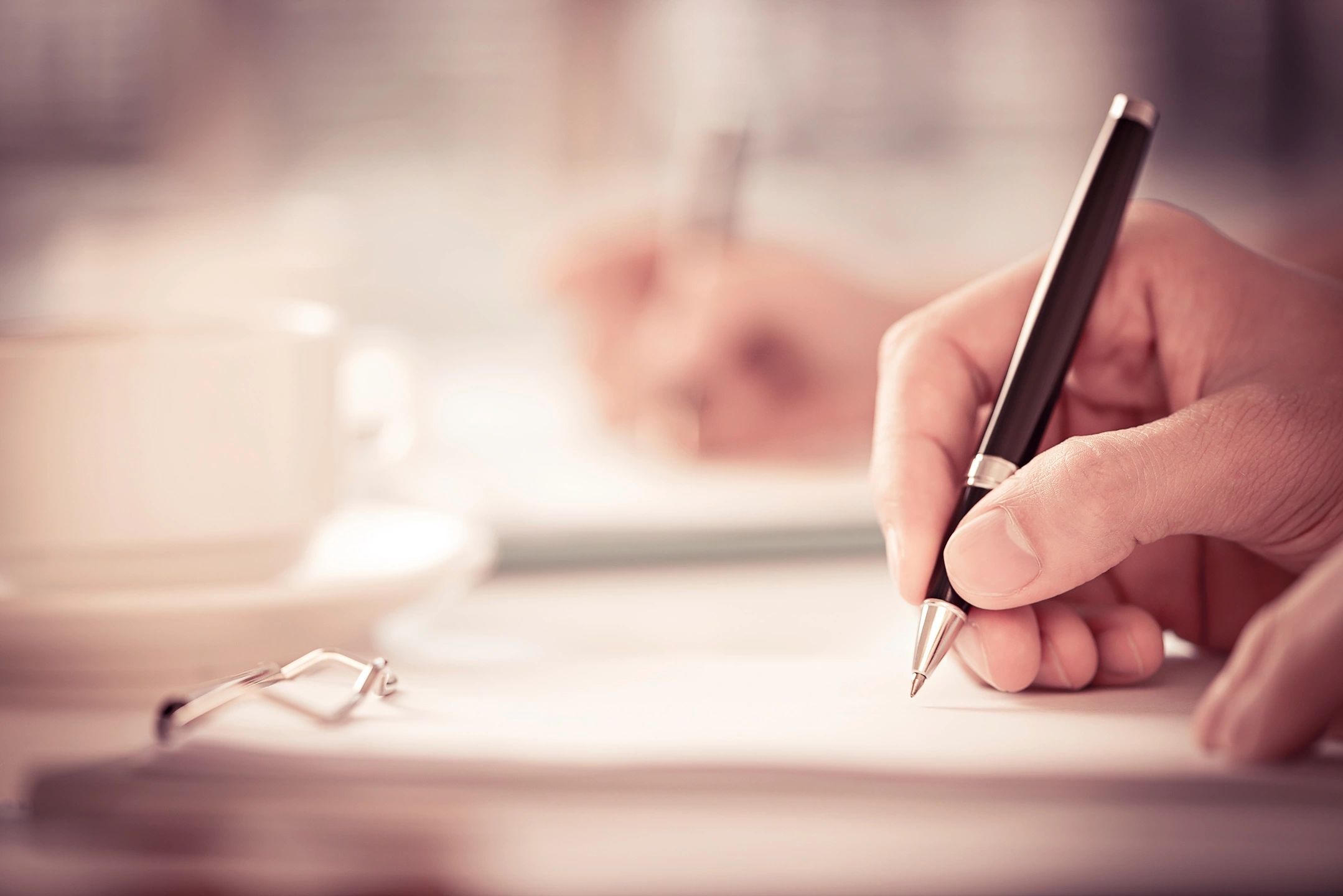What’s Your Muse?

For me, it’s always been music. It’s the most reliable way to tap into the emotions I need to write honestly.
Writing is a mental activity, I totally get that. I know the words have to get from the brain through the fingers to the page. But nothing gets on the page unless I feel it in my heart, gut, and throat first. I have to feel the scene in my body.
Painful emotions can be hard to summon. Sometimes I shy away from them. Movies help, along with books from my favorite authors, but it’s music that always gets me there. Music is vibration, a healer, and a universal language—it runs through your body and changes every molecule in the room.
What Types of Music?
It’s usually not the music I expect. The Sunflower House takes place in Nazi Germany. You’d think music of that time or German music would get me to the right place, but no. It’s always music that represents the heart of each character, their joy and pain. It’s like a bridge between their hearts and mine.
For example, Allina, my protagonist, has four primary heart-soul songs that sum up the tragedy in her story and form her character arc: Angel and Fear by Sarah McLachlan, One More Time by Steve Perry, and Glitter in the Air by P!NK. Her younger, optimistic, naive self is Taylor Swift’s Love Story. Her fiercest self, the fighter who works covertly to save the children in her care, is Seven Nation Army – both the original version by the White Stripes and Kelly Clarkson’s cover.
I used dozens of songs for Karl, her co-conspirator and love interest. It’s challenging to write from a male perspective, so I needed a lot more inspiration and input. Karl’s songs include River by Leon Bridges, In the Air Tonight by Phil Collins, To Build a Home by The Cinematic Orchestra, With Arms Wide Open by Creed, Nothing Else Matters by Metallica, Somewhere There’s Hope by Steve Perry, and Aubrey by Bread.
I was raised on classical music, so there’s plenty of that in this book, too. Samuel Barber’s Adagio for Strings, Henryk Gorecki’s Symphony of Sorrowful Songs, and Gustav Mahler’s Adagietto (Symphony No. 5) all worked their magic. Those pieces are like a recurring theme—kind of like the background of a painting.
Some of these choices are music I grew up with, others are more recent, but the common thread (I think) is it’s the type of music you have to pull over to the side of the road for. If I’m driving and have to pull over to listen, if it hits that hard, then the music will work.
The Process
I wish I could say how I picked each song or piece of music. It’s not deliberate and instead came to mind in a flash. Also, the songs changed based on where I was with the manuscript. Drafts used some songs, and editing/revisions used others.
The process would likely seem strange to an outside observer, especially when writing intense scenes. It goes like this: I play each song, or series of songs, to get into character. Often, the music is on repeat so I can pace around and absorb it. (Physical movement almost always helps.) Sometimes I change the lyrics, usually I sing or hum out loud, and I often laugh or cry. Then when I’m finally “there,” I sit down and write for as long as possible, an hour, maybe. Depending on how far I get or if I have more time, I go back and do it all over again.
I’ve wondered for years if other writers have a similar process. What muse do they use to get into character and write? And do other creatives—musicians, painters, dancers, chefs, sculptors, filmmakers, gardeners, architects, and photographers, for example—use different types of art in their creative process?
So if you have a minute to share the muse for your art and creative process, I’d love to hear it! Just leave a comment below.
🌻 Adriana xo

